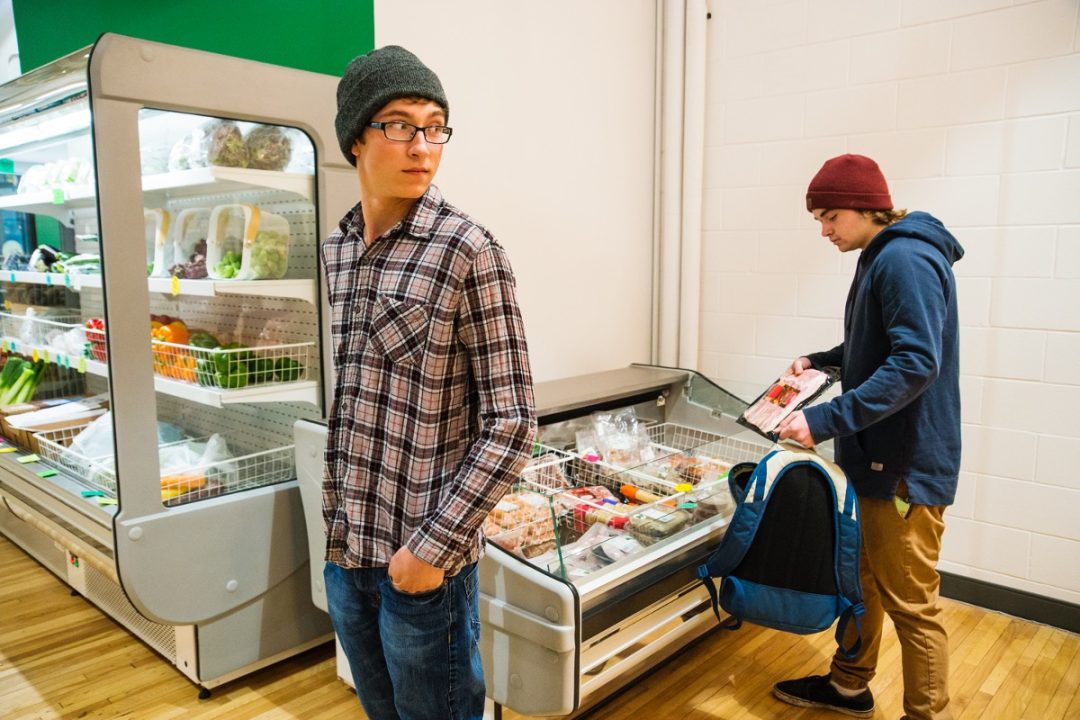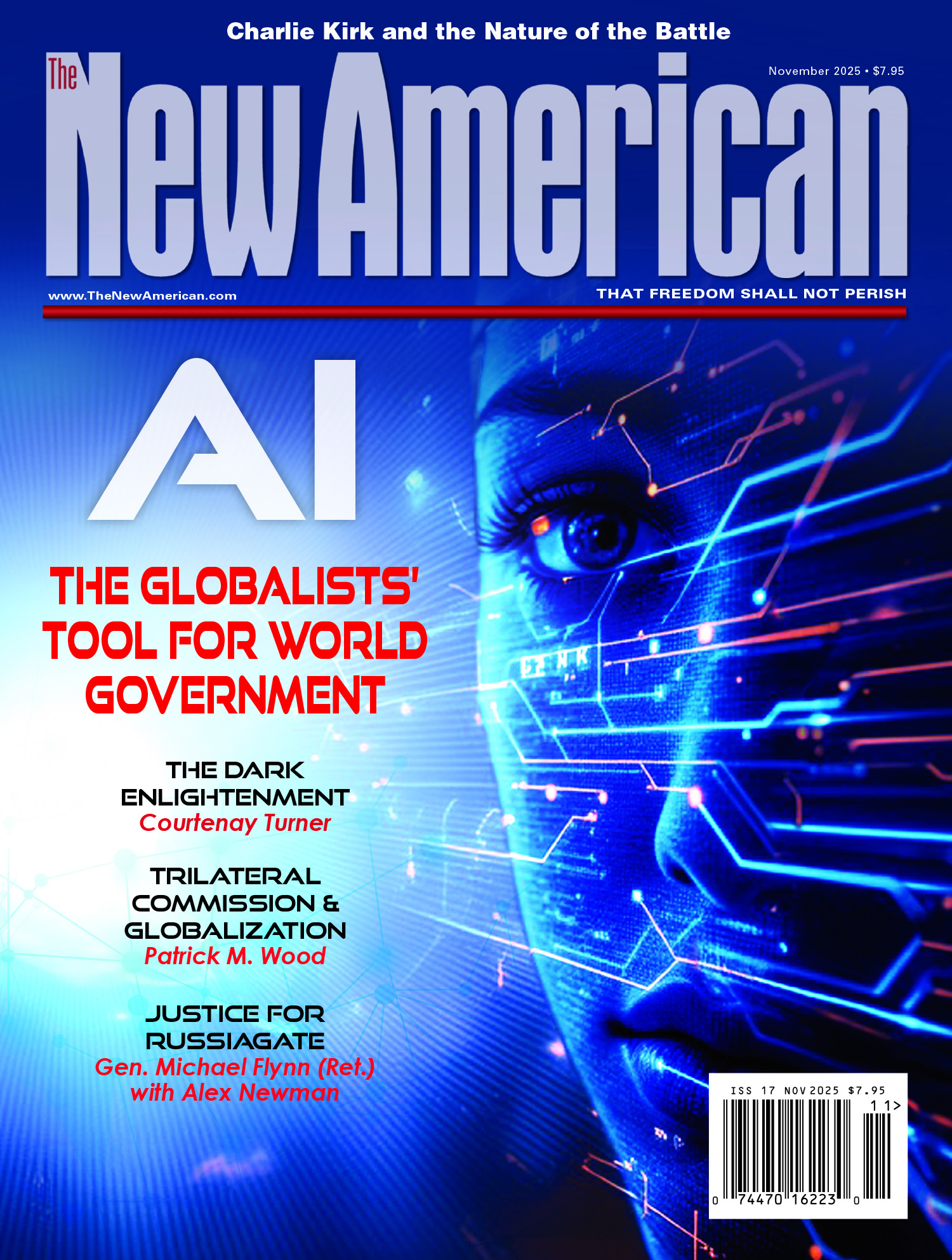
There’s more than one reason for the high prices hurting average Americans. But one of them is seldom discussed: the massive retail theft now plaguing our country. How serious is it?
The total annual 2022 losses (e.g., including security and insurance) associated with criminality amounted to approximately $112.1 billion. Theft alone was 65 percent of this “shrinkage,” totaling a $72.9 billion loss. Of course, good citizens are supporting these criminals, too.
In fact, theft cost the average family more than $400 in 2022.
This isn’t distributed equally, though. Families in high-crime areas — i.e., people generally poorer to begin with — bear a greater cost, perhaps $600 to $800.
Citizens should ponder this the next time they contemplate supporting soft-on-crime politicians, whose inaction enables retail theft.
What’s more, theft causes many stores in high-crime areas to shut down completely. This reduces local market competition, allowing prices to rise further. Think about this when NYC Democratic mayoral nominee Zohran Mamdani talks about creating city-run grocery stores or Michelle Obama complains of “food deserts.” (Inner-city residents, who may not have cars, may have to travel significant distances to a supermarket.) The real problem is law-and-order deserts — caused by the virtue deserts found in dishonest politicians’ hearts.
Stores Shuttering
In fairness, there are multiple reasons why brick-and-mortar establishments have been closing in recent years. Among them are e-commerce competition, high operating costs, consumer preference for online shopping, store over-expansion, and supply chain disruptions. But retail theft can be the straw that breaks the camel’s back.
Apropos here is a forecast from Coresight Research, a leading retail analytics firm. It holds that approximately 15,000 U.S. retail stores are expected to close in 2025. This means a net loss of about 9,200 stores after accounting for approximately 5,800 planned openings.
And as to the theft factor, website PennyGem writes:
These numbers reflect the increasing strain from retail theft….
The National Retail Federation noted a 26.5% increase in organized theft events in 2022 alone. Concerns over employee safety and rising costs have prompted many national brands to reassess which locations are worth maintaining in this challenging climate.
Surging inflation, labor costs, and supply chain disruptions have all increased store vulnerability, but executives say retail crime tips the balance in many cases.
… On September 26, 2023, Target made headlines by announcing the closure of nine stores across major U.S. cities, including New York, Seattle, and San Francisco.
The company explicitly cited rising theft and organized retail crime as key factors in its decision. This move was soon echoed by peers like Walgreens….
Major metropolitan areas, such as San Francisco, Seattle, and New York, have experienced pronounced waves of closures.
Whole Foods, Nike, and Starbucks have each left high-crime districts or significantly reduced their presence in response to safety concerns.
These actions have drawn sharp criticism from city officials….
In reality, these actions should inspire sharp thinking and bold crime-fighting measures from city officials. But it’s easier and more politically advantageous to just blame some of their bad policies’ victims: the retailers.
Reality Doesn’t Compromise
Now, demagogues can con voters into supporting them and media into parroting their lies, no doubt. What they can’t do, however, is con the laws of economics into doing their bidding. As to these laws, website Chron explains the ripple effects caused by even one product’s theft:
When a store visitor shoplifts a retail item, the store must recover the entire cost of the item, rather than the store’s profit margin on the lost inventory. The amount the store must recover depends on the store’s profit margin and the cost of the shoplifted item. For example, grocery stores commonly operate on a 1-percent profit margin. This means that a grocery must recover $100 for every $1 worth of shoplifted inventory, according to Rutgers University. The high cost-per-dollar is typically distributed across the pricing for the store’s remaining inventory.
Then there are the economic effects. As PennyGem tells us in a different article, providing just one example:
The departure of anchor stores [partially due to crime] significantly reduces foot traffic for surrounding small businesses, causing closures in shopping centers and downtown areas….
This decline also leads to decreased tax revenues as commercial property values drop….
Such effects should be considered when assessing responsibility for economic distress. Typically, the president gets the credit or blame for the economy. In reality, though, much of what determines economic health transpires on the state and local levels.
For example, ponder the unfathomable Covid-related job losses/business closures at the end of President Donald Trump’s first term (2020). While he was often blamed, the devastation was largely caused by Democratic-state governors imprudently deciding to “lock down” their economies. Likewise, crime is mainly a local issue. When cities and states let miscreants do the crime, we all do the economic time.
A Story From the Trenches
And how lax are certain feckless authorities with shoplifters? Most have heard about the California law reducing retail theft of $950-worth or less of goods to misdemeanor status. But here’s an illustrative real-life story for you.
I know a man who manages a large consumer-electronics store in a relatively liberal area in New York (not NYC — I’m keeping the details scant for privacy reasons). Well, one day some lowlife entered his establishment and announced he would at a later time — I believe he said the next day — return and steal a cash register.
Sure enough, he did. He tore the device out, violently, and made off with it.
The police’s response was to say the theft’s magnitude wasn’t great enough to warrant action. The store pointed out, however, that the register itself was worth $14,000 (if I remember correctly). This did get the cops moving, though I don’t know what the case’s final outcome was.
Realize as well that garden-variety shoplifting is just the iceberg’s tip. For there’s organized retail crime (ORC), too, which became widespread under Joe Biden (illustrative video below).
As to solutions, some propose that flying drones may one day chase shoplifters in real time. Yet all efforts will be for naught if the punishment isn’t sufficient to deter the crime. Know here, too, that rampant, unanswered theft offends a virtuous people’s sense of Justice, inspiring them to clamp down hard. Tolerance of crime is not a characteristic of a “civilization” worthy of the name.
If we won’t muster the Wisdom and Fortitude to do the basics — control crime — it’s an admission of weakness. And then perhaps we’ll just have to suck it up and accept the higher costs. We can call it the Electing the Wrong Politicians Tax.




